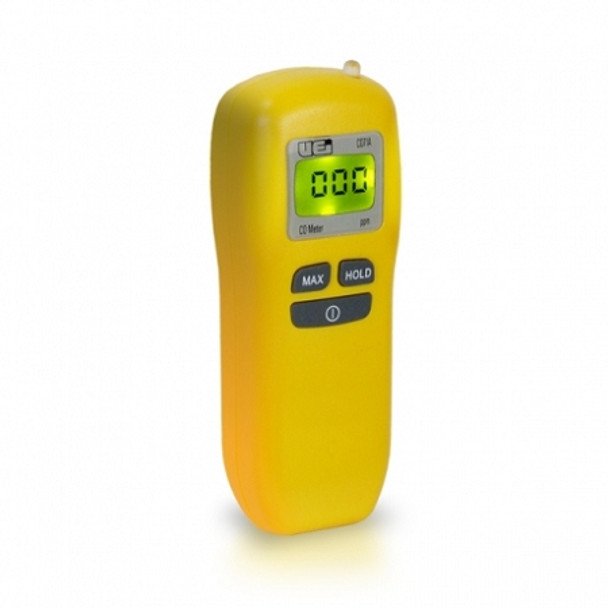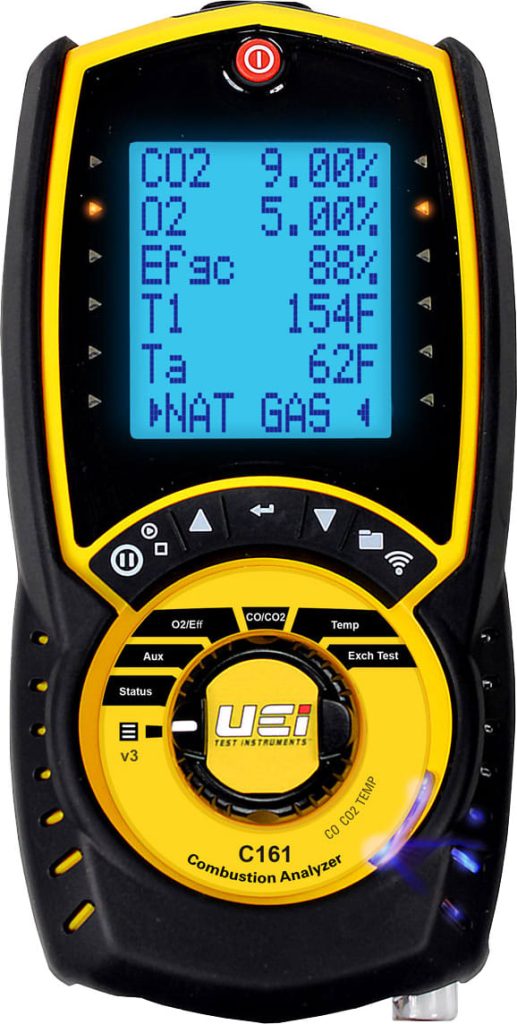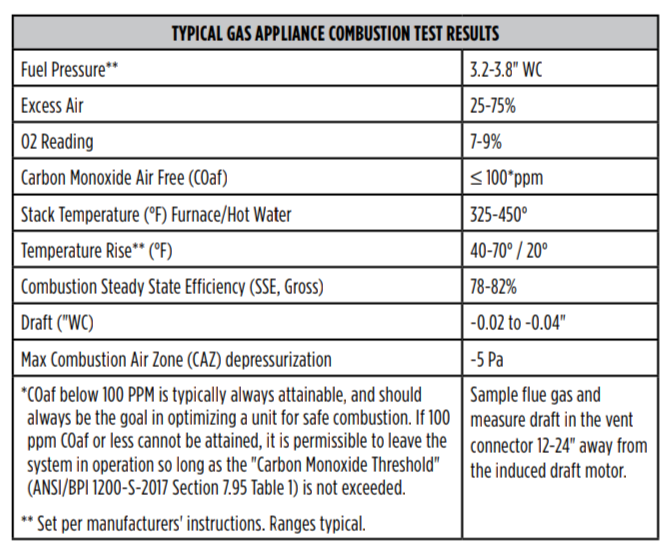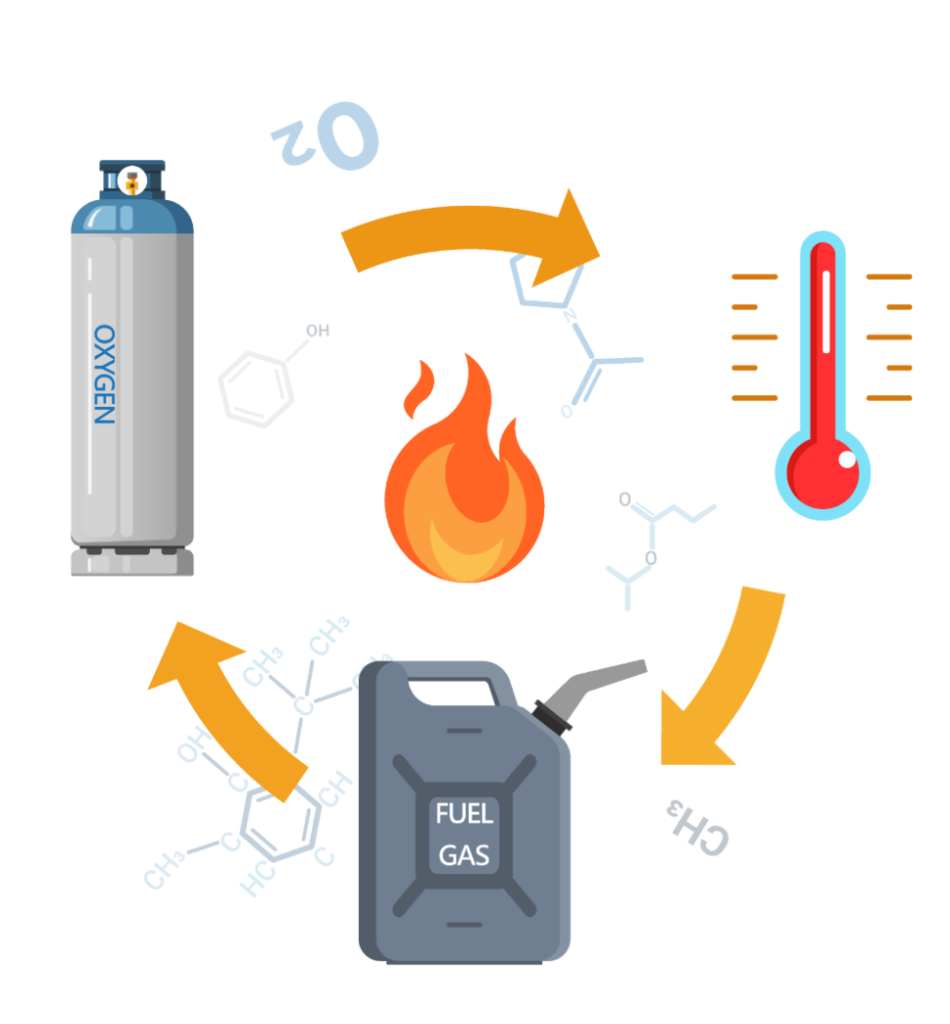Get Tech Tips
Subscribe to free tech tips.
The Case for Buying a Combustion Analyzer
Last year, I bought my first combustion analyzer. I had just started my own company and felt the additional weight of responsibility to sit down and determine the best way to verify that the furnaces I was servicing were working safely. In the past, the most extensive testing I had done was a visual inspection of the heat exchanger with a camera and an ambient carbon monoxide test with a personal CO meter.

Early last winter, I went to a friend’s house to complete a heat maintenance and ran into a situation that made me very uncomfortable. I turned on the furnace and held my personal CO meter up to a register (as I had been taught to in the past). The levels rose up to around 8 or 10 ppm, which is the highest I have ever seen.
Stunned, I immediately began looking for cracks on the heat exchanger. I wasn’t able to find any issues visually, so I reached out to the HVAC School Facebook group. Contractor extraordinaire Michael Housh from Ohio told me I was testing incorrectly and the only way to really know what was going on with the furnace was to get a combustion analyzer.
Personal CO detectors are made for just that—personal use; they monitor ambient CO levels but aren’t made to test heating equipment. My method of testing was to hold the CO detector up to the airstream for 30-45 seconds as the unit turned on. You won’t find that test in any professional guidance because it’s not the intended use case for the device.
Biting the Bullet
I was reluctant to drop $600-700 dollars on a combustion analyzer. I had just started my business, and we don’t do an insane amount of heat work here in Dallas. But I felt I owed it to my customers to provide the highest level of confidence I could that their heating equipment was safe. So, I bit the bullet.
I did some research and decided to buy the UEi C161 combustion analyzer. It has a great price point and seemed like a good entry-level tool.

Back to Work
While my tool was being shipped, I listened to every HVAC School podcast I could on combustion analysis, like this one with Jim Bergmann and this one with Stephen Rardon. I also read this guide Jim Bergmann wrote. A few days after my new tool arrived, I went back over to my friend’s house to use my newfangled tool. I did everything by the book: I clocked the gas meter, checked the gas pressure, and inserted the combustion analyzer into the flue pipe.
I took some screenshots from one of the guides as a quick reference to help understand what “good” combustion analysis readings should look like for an 80% gas furnace.

All of the readings for my friend’s furnace were in an acceptable range. But later that same day, I was working on another furnace, and my CoaF readings were above 300. I found a large crack in my visual inspection soon after! So far, that is the only furnace I have found since then that I had to shut off for safety reasons. But I did find one other furnace last winter where the gas pressure was very high, causing incomplete combustion and high COaF in the flue. After adjusting the gas pressure, the furnace was operating much more safely.

Never Going Back
In a podcast episode on combustion analysis, Stephen Rardon compares having a combustion analyzer to being able to measure subcooling and superheat on the air conditioning side. It opens up a massive richness of data that you just didn’t have before. My confidence in the safety of my customer’s equipment has gone through the roof. Now, I can’t imagine NOT using a combustion analyzer. I highly recommend picking one up. It will make this next heating season a lot more interesting as you dig into all the different data points and readings and give you a huge confidence boost when it comes to guaranteeing the safety of your customers.
—Matt Bruner
P.S. — The HVACR Learning Network teamed up with UEi Test Instruments for a webinar on combustion analyzer maintenance. You can watch it HERE. You also have the option to take a quiz for a certificate of completion and NATE credits (also included with the All-Access Subscription Bundle).











Comments
To leave a comment, you need to log in.
Log In